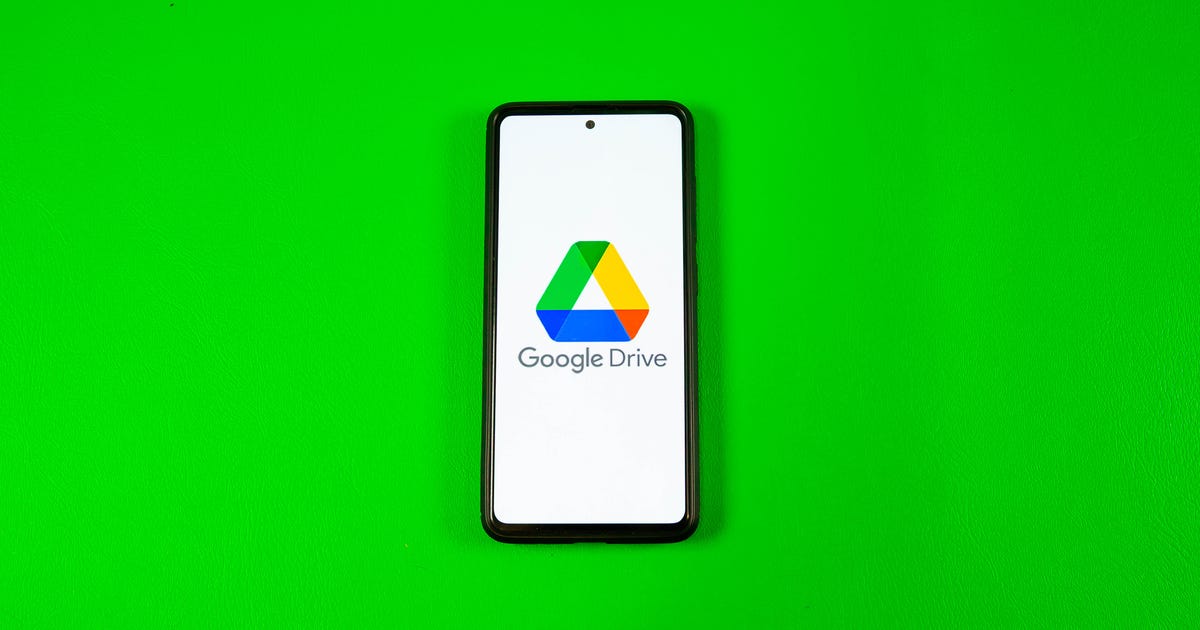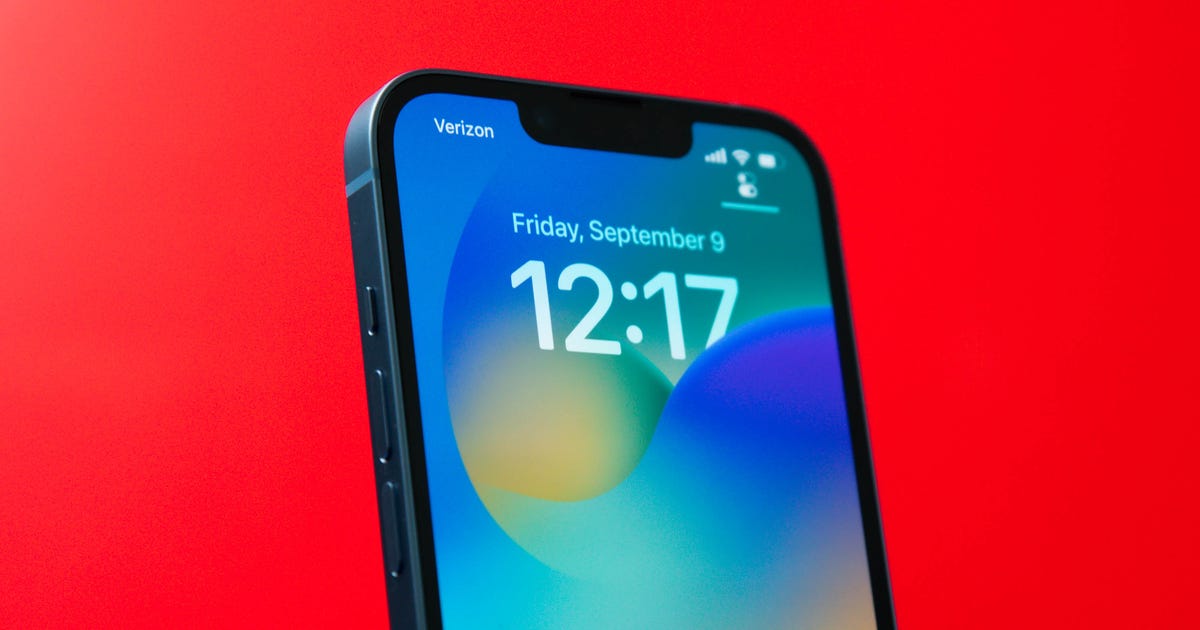
cristapper/Shutterstock
The UK has approved use of white space technology, which crams broadband Internet signal into the gaps between TV channels to make the most of unused radio waves.
British telecoms regulator Ofcom has approved the technology, potentially opening up unused spectrum to connected devices and the Internet of Things. The green light from Ofcom means commercial use could begin by the end of the year.
The FCC, the US regulator, approved white space use in the US in 2013.
White space broadband involves using the gaps between digital terrestrial TV channels in the 470 to 790MHz frequency band. Those gaps are there as a buffer to prevent the channels bleeding into each other, and so are currently unused. But white space technology makes it possible to fill those gaps with Internet connections without affecting the TV signal, as devices communicate with databases that identify locations and frequencies to set the technical terms under which the device can operate.
More on white spaces
- Meerkats and otters and tortoises, oh my!
- California gets first commercial white-space high-speed Internet
- Google automates wireless networks’ use of TV white space
- EE will sell as many tablets, dongles and smart devices as it does phones by 2017
The advantage is that signal in the TV frequency band travels further and passes through walls and buildings more easily than other wireless technology like Wi-Fi.
So far, trials have included London Zoo streaming live video of its animals via white space, and flood defence networks in Oxfordshire.
“Spectrum is an important but limited resource, which is why we’re exploring new ways of unlocking its potential, while balancing the needs of different users,” said Ofcom Spectrum Group Director Philip Marnick.
The limited amount of spectrum available is increasingly concerning as our voracious hunger for data grows. Not only are we using more Internet on our phones and tablets, streaming music and high-definition video and what-have-you, but we’re also busy connecting all kinds of new devices and appliances to the Web. White space technology is set to have an important role in connecting smart homes, wearable devices and the Internet of Things.




